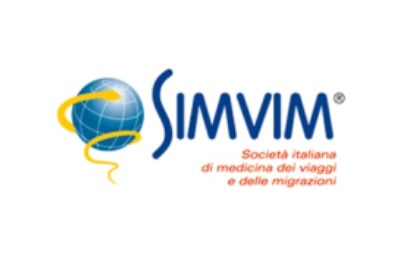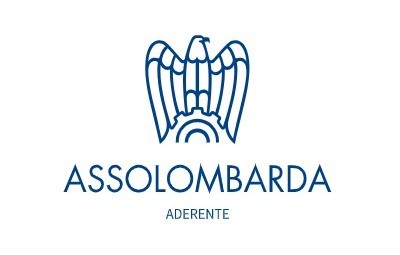Molluscum contagiosum
Molluscum contagiosum is a skin infection of viral origin caused by the virus of the genus Muscillopoxvirus belonging to the Poxviridae family.
This disease is very common in Italy, particularly in children and among adults who have contracted it sexually, but it is increasingly being observed in travellers returning from developing and tropical countries. It manifests as centrally umbilicated, pinkish or pearly papules with a typical dome shape.
A dermatologist can easily diagnose it even by simple observation and is well aware of the treatments to deal with it.
CAUSES
The disease is caused by four types of Molluscum contagiosum virus, or MCV, a DNA virus of the Poxviridae family. Of these, MCV1 is most prevalent in pediatric-aged individuals in whom it affects the face, limbs and trunk.
Type MCV2 is the rarest of the four, is mainly observed in adults, and is sexually transmitted. Specifically, it causes an infection that usually affects the skin and mucous membranes without involving the internal genitalia; the buttocks and perianal region can also be affected.
The MCV3 and MCV4 types are common in Asia and Australia.
TRANSMISSION
Transmission is by direct contact with the skin or mucous membranes of an infected person, and spread is by self-inoculation (e.g., through towels). Regardless of the point of entry of the virus, lesions can also reach other parts of the body.
This disease is typical upon returning from travel and holidays because, beyond sexual intercourse, it is easily contracted through contact with contaminated surfaces such as swimming pools, saunas, gym seats and beauty salon beds.
GEOGRAPHICAL DISTRIBUTION
As the disease is not very dangerous it is therefore not reported by patients and we do not have any firm data on its incidence.
What we do know is that it is an extremely common disease that is widespread throughout the world and whose spread is facilitated in warm climates. Some studies suggest it has an incidence of 2.6%, with 80% of cases identified in children under 15 years old, particularly in the 1 to 4 age range.
In general, the incidence of molluscum contagiosum increases almost threefold in countries with warm or tropical climates and lower socioeconomic and hygienic standards than in Europe.
SYMPTOMS
The infection has an incubation time that lasts between 15 days and 6 months, at the end of which clustered lesions develop, dome-shaped papules with a diameter usually ranging from 2 to 5 mm and never affecting the palms of the hands or soles of the feet.
Molluscum contagiosum lesions are not normally itchy or painful, but they can develop inflammation with itching when the immune response toward the virus begins.
In patients with immune problems, the papules are very numerous and up to 1 cm in diameter and tend to resist treatment. Contagious or mollusk-related eczema may be observed in the area peripheral to the affected skin.
In cases where the eyelids are affected, superficial punctate keratitis or even chronic conjunctivitis may occur.
As for children, this Poxvirus is more frequent in those with atopic eczema, because this condition with intense itching causes scratching and papules are present in the affected sites.
Molluscum contagiosum tends to resolve spontaneously but the infection must still be treated, both to mitigate its spread and to speed up recovery.
DIAGNOSIS
Diagnosis in general is based on finding the papules.
If the diagnosis is doubtful, the presence of Molluscum contagiosum can be confirmed by a tissue biopsy, examining the papules under an electron microscope; antibody serologic testing is not recommended because it is not very reliable.
TREATMENT
The choice of therapy to treat lesions of this Poxvirus depends on various factors, including the subject's age, immune status, and the number and location of papules.
A first approach involves the destruction of lesions and can develop in two ways:
- chemical: potassium hydroxide 10%, silver nitrate 40%, cantharidin 0.7 in collodion.
- physical: curettage, cryotherapy.
There is also pharmacological treatment through salicylic acid, podophyllotoxin (an antiviral also used for genital warts) and tretinoin (an acid form of vitamin A with keratolytic-like action).
Mention should then be made of the active ingredient Imiquimod, which is also used for the treatment of condylomata acuminata as well as basal cell carcinomas or basaliomas and actinic keratoses. The dosage of this immunomodulatory drug should be indicated on an individual basis. Imiquimod is an immune response modifier, acting locally to bring about the release of cytokines that promote elimination of the Poxvirus.
After treatment for Poxvirus papules, recurrences can frequently occur, also favoured by xerosis (dryness) of the skin which tends to stimulate scratching.
Prompt specialist examination is always advisable to decrease the risk of self-infection following scratching or to prevent transmission to others. The intervention of a dermatologist will promote faster healing with the right therapy, through topical preparations, cryotherapy with liquid nitrogen, or by scraping the lesions (curettage).
PREVENTION
As a preventive measure, it is important to always consider the use of condoms during sexual intercourse to prevent localized lesions on the shaft of the penis (it does not, of course, protect against risk to other pubic locations). If necessary, the partner can be assessed with careful observation at genital level for the recognition of any papules or otherwise reddish or pearly raised areas.
It is also good to avoid sharing towels, wash cloths, linen and if possible avoid contact sports.
To prevent infection in pediatric-aged individuals, it is also recommended to avoid crushing or breaking lesions so as not to increase the risk of spread to other body areas.
Bibliography
Aldo Morrone, Global Dermatology volume primo ediz. MNL Bologna 2007.





